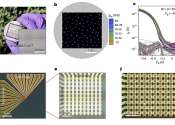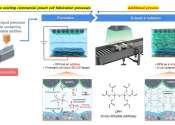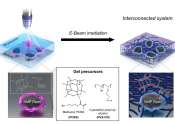Fabricating qubits using advanced semiconductor manufacturing processes
Quantum computers are promising computing machines that perform computations leveraging the collective properties of quantum physics states. These computers could help to tackle many computational problems that are currently ...









